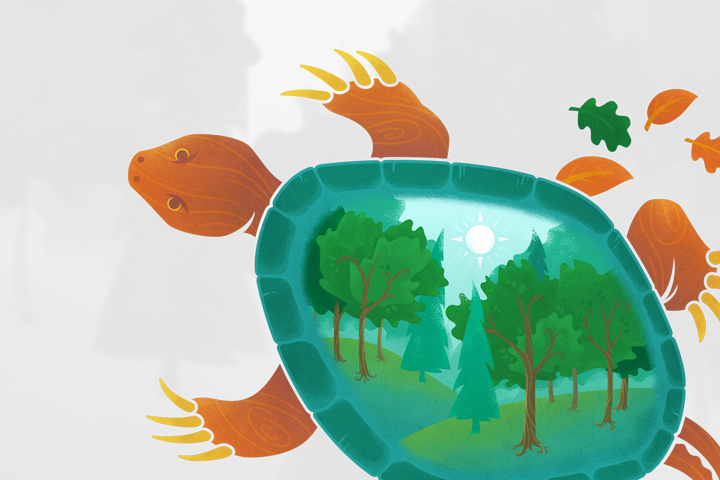The Unit Plan
Explore the wide variety of engaging lesson plans for grades 7-10 offered in the Assembly of First Nations Education Toolkit Unit Plan.

Explore the wide variety of engaging lesson plans for grades 7-10 offered in the Assembly of First Nations Education Toolkit Unit Plan.
